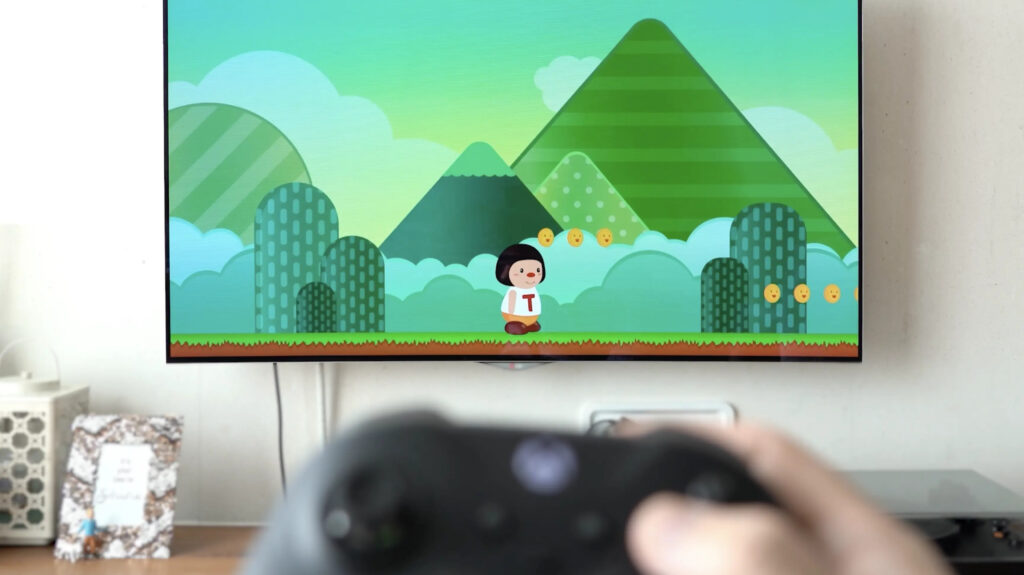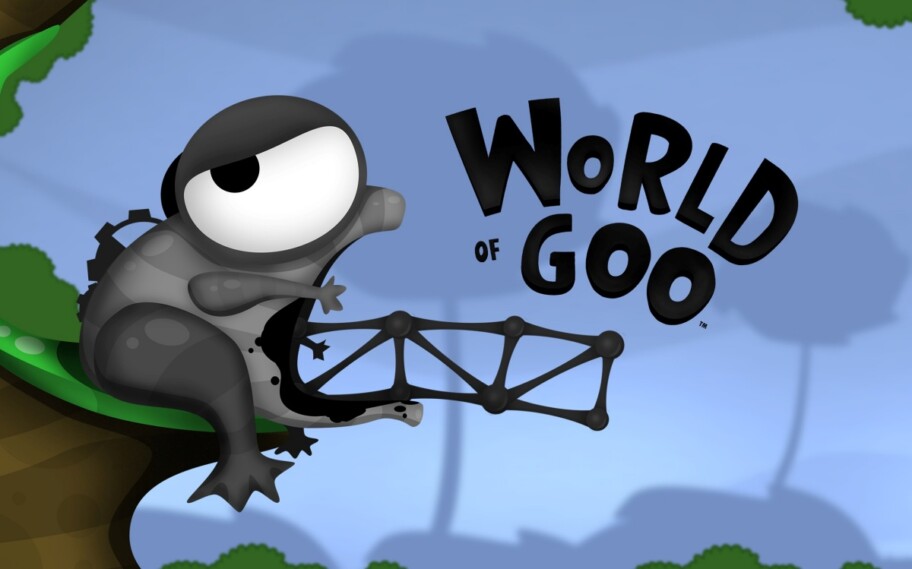It’s no wonder that creating a video game is a complex process that requires both technical skill and artistic vision. One of the first steps in game development is crafting a prototype – a preliminary version that outlines core elements, mechanics, and gameplay.
Today, we’ll explore the fundamentals of game prototypes, diving into why they’re essential, the main types out there, and how each type contributes to the creation of an engaging and functional game!
What are video game prototypes?

Game prototypes are early-stage versions of a game created to test and refine ideas with minimal resources. By stripping down the elements of a game to their basic functionalities, developers can assess mechanics, gameplay flow, and visual concepts. These prototypes are critical because they let developers experiment with ideas before committing resources to full production – thus identifying and resolving potential issues early on.
Game prototypes are invaluable for their iterative nature, allowing teams to modify, replace, or discard components based on feedback or testing results. This reduces the risk of costly changes during later stages and ensures that the core mechanics and feel of the game meet expectations.
Read also: Is HTML a programming language? How it works
Why are game prototypes important?
Well, because they play an instrumental role in modern game development. Some examples include:
- Test Core Mechanics: Developers can focus on specific elements, such as character movement, combat systems, or puzzle mechanics, and see how these interact with other components.
- Save Time and Resources: Rather than building a game from the ground up and encountering issues later, prototypes allow for quick iteration.
- Guide Team Communication: Prototyping gives developers, designers, and stakeholders a tangible product to discuss, helping align the team on the vision and goals.
- Determine Market Potential: For those working with publishers or investors, a playable prototype can make a difference in securing support for the project.
The 4 types of game prototypes

There are several different approaches to game prototypes, each suited to a particular stage of development. Let’s explore some popular methods below and how they contribute to the game development process as a whole.
1. Paper prototyping
The simplest and most affordable type of prototype, a paper prototype involves representing game elements on paper. This approach is often used for early testing of gameplay mechanics, layout, and core game concepts.
With paper prototyping, game elements are represented as sketches or cutouts on a grid. Players can engage with these paper elements, testing interactions, and layouts as if it were a tabletop game.
Although it may seem basic, paper prototyping provides a cost-effective way to gain valuable insights into gameplay flow and user interactions without requiring any digital tools.
NOTE: Do not confuse it with a game design document.
2. Wireframe prototyping
Wireframes are low-fidelity digital representations used to define the layout and functionality of a game interface. Typically used in web and app design, wireframing is also useful in game development, where it helps clarify the relationships between game components and user interface (UI) elements.
In a game, a wireframe prototype may show the placement of character icons, health bars, and other HUD (heads-up display) elements. At this stage, visual details are minimal; the focus is purely on layout and functionality.
3. Greybox prototyping
Greybox prototyping is when a prototype starts to take on more spatial and interactive elements, especially in 3D games. Using basic geometric shapes (like cubes and rectangles) in a 3D environment, developers can experiment with the game’s spatial design, physics, and scale without investing in detailed assets.
This phase is particularly useful for testing the “feel” of the game. Developers can fine-tune how characters interact with the environment, determine the pacing of levels, and even start integrating basic physics. For example, a racing game’s greybox prototype might include simple 3D blocks for vehicles and tracks, allowing developers to fine-tune steering and collision mechanics.
4. Rapid Prototyping
Rapid prototyping involves creating multiple quick iterations of a prototype to test specific ideas or mechanics in a short period. This approach is highly effective in environments where quick feedback cycles are needed. Each iteration improves upon the previous one based on playtesting and team feedback.
This technique is common in studios looking to develop unique and innovative gameplay mechanics – by rapidly prototyping and refining an idea, developers can identify what works and discard what doesn’t.
Example:
The popular puzzle game World of Goo was born from a rapid prototyping exercise, where the first level was developed in a matter of days. This quick feedback loop helped the developers refine the game concept, turning it into an award-winning title.

Necessary steps for creating game prototypes
Creating effective game prototypes requires careful planning and systematic testing. Here are the primary steps you, as a developer, should follow:
- Define Objectives: Decide what aspects of the game you want to test. Whether it’s a game mechanic, level design, or UI flow, having clear goals helps focus the prototyping process.
- Select Prototyping Method: Choose the method that best suits your current needs, such as paper, wireframe, or greybox prototyping.
- Build the Prototype: Create a version that’s quick to assemble but effective for testing. This step might involve basic programming or simple paper cutouts, depending on the prototype type.
- Playtest and Iterate: Allow players or team members to interact with the prototype. Gather feedback, assess gameplay issues, and make necessary adjustments before moving on.
- Refine and Scale Up: Once the core mechanics are validated, move to a higher-fidelity prototype or directly to full development, incorporating the feedback gathered.
Integrating game prototypes into development has numerous benefits – and, quite frankly, most of them are unavoidable.
First and foremost, they provide a low-risk way to explore creativity and new gameplay ideas; prototypes also foster a collaborative environment, allowing multiple team members to contribute ideas and feedback early in the process. Additionally, with each iteration, the team gets closer to a product that players will enjoy, increasing the game’s potential success.
That said, while game prototypes offer many advantages, they come with challenges. The biggest challenge lies in knowing when to stop refining and move forward. Prototyping can be an iterative process, and without a clear timeline, developers can get caught in a cycle of endless tweaks.

Additionally, managing expectations is crucial – prototypes are meant to test concepts, not represent the finished product. It’s essential to ensure that prototypes remain low-fidelity tools that guide decision-making!
How to move from game prototypes to full development
Developers can transition to full development once the prototype meets all intended goals. This step includes replacing temporary assets with final graphics, implementing advanced coding, and refining mechanics based on feedback from the prototype.
The insights gained from game prototypes make full-scale development more efficient and targeted, as the team has already validated the core mechanics and structure.
How game prototypes can lead to success
The truth is that, from simple paper mockups to more advanced greybox models, each type of prototype helps bring a game closer to its final form. Developers who invest time in prototyping are more likely to produce games that resonate with players, with gameplay that feels polished and engaging.
If you are a developer looking to take their game from concept to reality, remember that prototyping is an essential first step. The journey from concept to final product is smoother, faster, and more efficient with a well-planned process!
Main Leaf offers extensive game development services for teams seeking expert guidance or collaboration, by the way, specializing in turning promising prototypes into full-scale gaming experiences. Let us at Main Leaf help bring your vision to life with technical expertise and industry experience that make all the difference!

